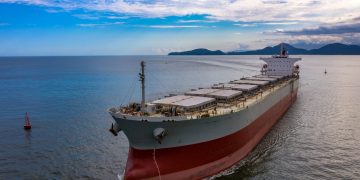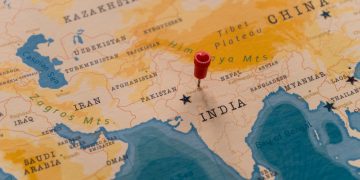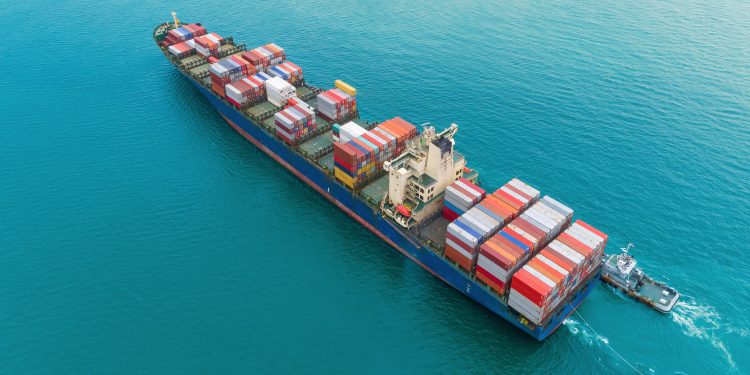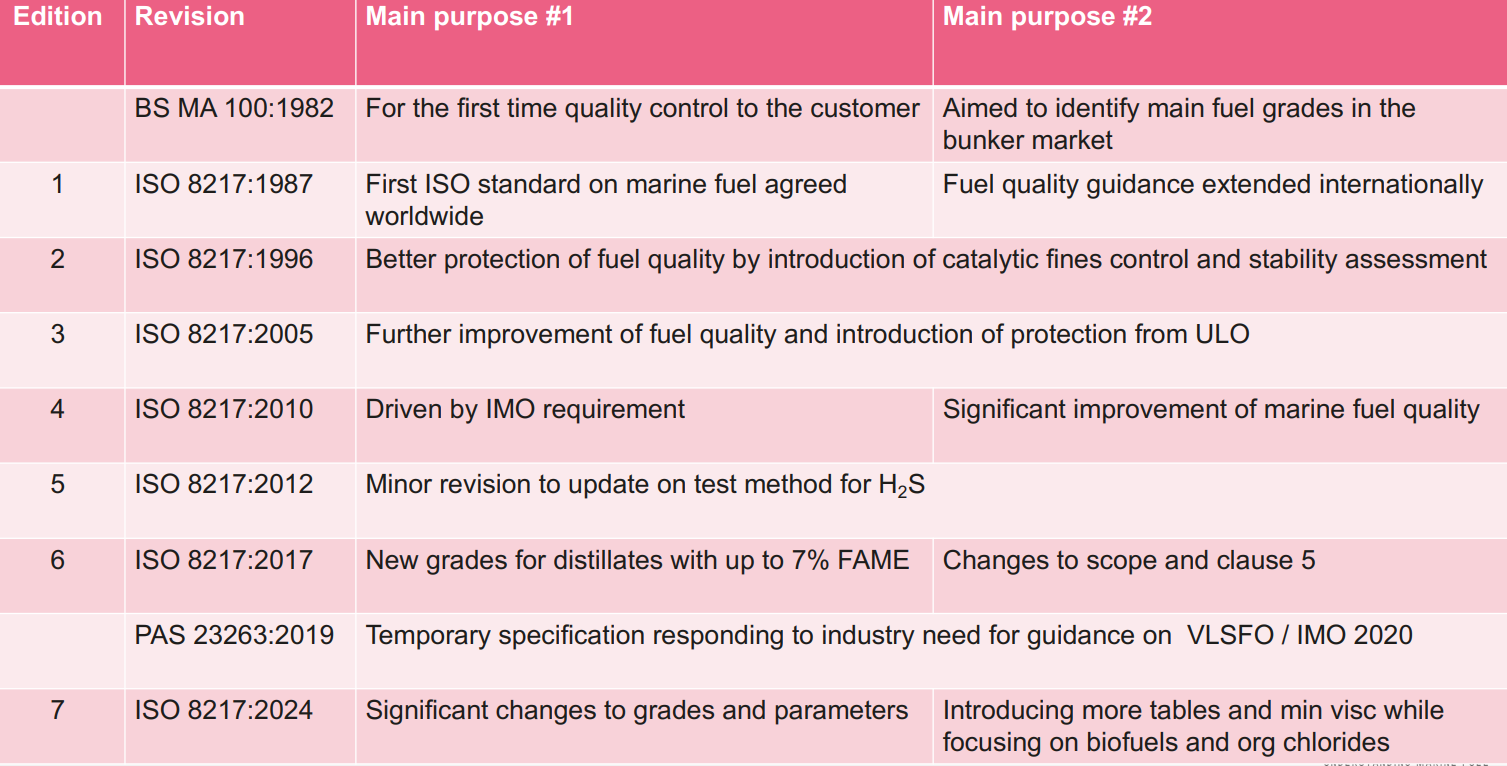During the 2024 GREEN4SEA Athens Forum, Bill Stamatopoulos, Global Business Development Director at VeriFuel, delivered a comprehensive presentation on the anticipated ISO 8217:2024 standard.
Imagine you are faced with the prospect of undergoing surgery. Would you agree to have it unless absolutely necessary, in a hospital using equipment and techniques from 2005? The same analogy applies when choosing a bunker who adheres to an outdated standard from over 20 years ago—that lacks the current expertise, knowledge, and updated safeguards.
Why settle for a bunker operating under a standard from 2005 that does not prioritize your best interests? Such obsolete standards may not incorporate the latest experiences, knowledge, or optimized parameters and limits that can truly protect and benefit you.
ISO, derived from the Greek word “isos,” represents a network of national standardization bodies across 170 countries, collectively developing over 25,000 standards. While these standards are not flawless, they reflect a remarkable global consensus achieved through working groups, technical subcommittees, and technical committees comprised of diverse stakeholders.
When discussing the renowned ISO 8217 standard, it is important to note two key aspects. Firstly, ISO 8217 is a purchasing standard that outlines the requirements for marine fuels before conventional onboard treatment. Suppliers are obligated to provide fuel that meets specified criteria (fit for purpose), but it is up to the crew to prepare it for use (fit for use) through processes like centrifuging or heating.
Secondly, ISO standards do not possess legal authority for enforcement. Each new edition of ISO 8217 supersedes the previous one. However, its legal standing is contingent upon its inclusion in commercial agreements such as fuel purchasing contracts or charter party clauses for fuels. Utilization of the standard in these transactions is essential for its legal relevance and effectiveness.
ISO 8217
The evolution of fuel specifications, such as ISO 8217, reflects the dynamic nature of the industry driven by changes in fuel types, refining techniques, and environmental regulations. Since its inception in 1982 under British standards and subsequent transition to ISO 8217 in 1987, the standard has continually adapted to industry advancements.
Over the years, refining practices like secondary refining and catalytic cracking introduced new challenges such as catalytic fines contamination, which prompted updates in the 1996 edition with aluminum content limits and later considerations for silicon levels. Environmental incidents, such as the ‘Kalamos’ case involving used lubricating oil in fuels, led to further enhancements to address related parameters.
Important milestones like the International Maritime Organization’s (IMO) 2010 requirement necessitated stricter marine fuel specifications. The subsequent 2012 edition aligned closely with these requirements. ISO 8217’s 2017 edition anticipated the shift to Very Low Sulphur Fuel Oils (VLSFOs) in response to IMO 2020 regulations, providing valuable guidance.
Looking ahead, the forthcoming 2024 edition of ISO 8217 is expected to introduce significant changes in grades and parameters to align with evolving industry needs and regulations.
Notable additions in the new edition include a minimum viscosity requirement, ensuring for example that 380 cSt fuel (RMG 380) maintains a viscosity of at least 120 cSt. Other specification addition aims to address issues observed in past scenarios, such as the 2022 case in Singapore involving high sulfur fuel oils, which resulted in vessels’ immobilization. Consequently, a new requirement stipulates that organic chloride levels should not exceed 50 ppm (parts per million), a response to lessons learned from such incidents.
Advancements in test methods and stability assessments for VLSFOs are also incorporated, enhancing fuel quality assurance. Additionally, the updated edition includes informative annexes that provide current and relevant guidance to stakeholders in the marine fuel industry. These comprehensive updates signify ISO 8217’s ongoing evolution to ensure fuel standards align with changing fuel compositions, technological advancements, and environmental imperatives, ultimately supporting safer and more sustainable maritime operations.
Last year, a significant attempt was made to organize a biofuel supply initiative in Greece, but it faced challenges due to the limitations of the ISO 8217:2010 edition of the standard, which was not optimized for biofuels.
To address this, the Greek government, in collaboration across three ministries, took decisive action earlier this year. They ratified the ISO 8217:2017 edition of the standard and introduced an innovative provision. This provision enables biofuel supply up to B100 (100% biofuel) to Greece, contingent upon approval from the ship’s classification society. The reason is that the 2017 edition prohibits the deliberate blending of fuels, although it did acknowledge the use of synthetic or renewable sources in the general clause.
This creative approach not only aligns with evolving sustainability goals but also navigates the regulatory framework effectively. It demonstrates a proactive stance towards advancing biofuel adoption in maritime operations, setting a noteworthy precedent for other regions seeking to embrace renewable fuel solutions within established standards and regulatory frameworks.
Above article has been edited from Bill’s Stamatopoulos presentation during the 2024 GREEN4SEA Athens Forum.
Explore more by watching his video presentation here below
The views presented are only those of the author and do not necessarily reflect those of SAFETY4SEA and are for information sharing and discussion purposes only.
































































